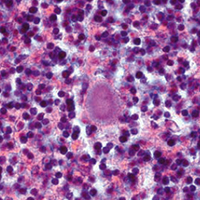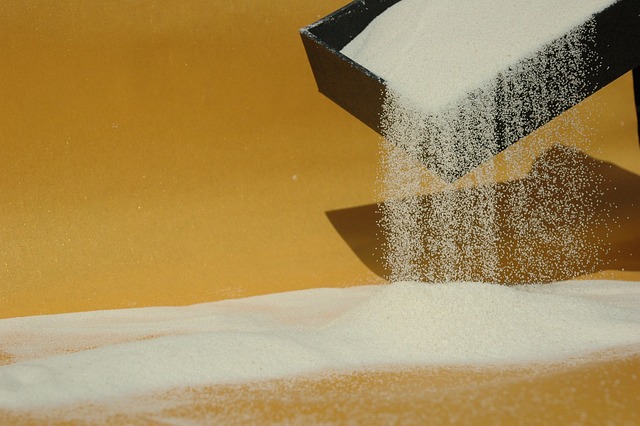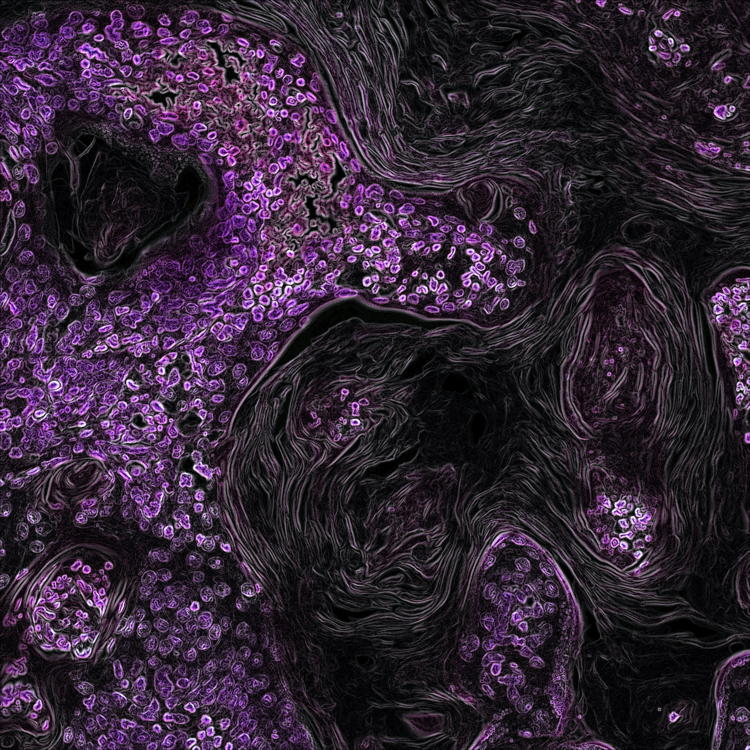Sporadic Creutzfeldt-Jakob disease: Real-Time Quaking Induced Conversion (RT-QuIC) assay represents a major diagnostic advance

Accepted: 7 September 2021
HTML: 24
All claims expressed in this article are solely those of the authors and do not necessarily represent those of their affiliated organizations, or those of the publisher, the editors and the reviewers. Any product that may be evaluated in this article or claim that may be made by its manufacturer is not guaranteed or endorsed by the publisher.
Authors
Sporadic Creutzfeldt-Jakob disease (sCJD) is a rare and fatal neurodegenerative disorder with an incidence of 1.5 to 2 cases per million population/year. The disease is caused by a proteinaceous infectious agent, named prion (or PrPSc), which arises from the conformational conversion of the cellular prion protein (PrPC). Once formed, PrPSc interacts with the normally folded PrPC coercing it to undergo similar structural rearrangement. The disease is highly heterogeneous from a clinical and neuropathological point of view. The origin of this variability lies in the aberrant structures acquired by PrPSc. At least six different sCJD phenotypes have been described and each of them is thought to be caused by a peculiar PrPSc strain. Definitive sCJD diagnosis requires brain analysis with the aim of identifying intracerebral accumulation of PrPSc which currently represents the only reliable biomarker of the disease. Clinical diagnosis of sCJD is very challenging and is based on the combination of several clinical, instrumental and laboratory tests representing surrogate disease biomarkers. Thanks to the advent of the ultrasensitive Real-Time Quaking-Induced Conversion (RT-QuIC) assay, PrPSc was found in several peripheral tissues of sCJD patients, sometimes even before the clinical onset of the disease. This discovery represents an important step forward for the clinical diagnosis of sCJD. In this manuscript, we present an overview of the current applications and future perspectives of RT-QuIC in the field of sCJD diagnosis.
How to Cite

This work is licensed under a Creative Commons Attribution-NonCommercial 4.0 International License.
PAGEPress has chosen to apply the Creative Commons Attribution NonCommercial 4.0 International License (CC BY-NC 4.0) to all manuscripts to be published.
Similar Articles
- Xiong Bing Li, Jia Li Li, Chao Wang, Yong Zhang, Jing Li, Identification of mechanism of the oncogenic role of FGFR1 in papillary thyroid carcinoma , European Journal of Histochemistry: Vol. 68 No. 3 (2024)
- D. Ami, M. Di Segni, M. Forcella, V. Meraviglia, M. Baccarin, S.M. Doglia, G. Terzoli, Role of water in chromosome spreading and swelling induced by acetic acid treatment: a FTIR spectroscopy study , European Journal of Histochemistry: Vol. 58 No. 1 (2014)
- R. Ambu, L. Vinci, C. Gerosa, D. Fanni, E. Obinu, A. Faa, V. Fanos, WT1 expression in the human fetus during development , European Journal of Histochemistry: Vol. 59 No. 2 (2015)
- Xiaoying Yang, Xuhao Liu, Fengcheng Song, Hao Wei, Fuli Gao, Haolin Zhang, Yingying Han, Qiang Weng, Zhengrong Yuan, Seasonal expressions of GPR41 and GPR43 in the colon of the wild ground squirrels (Spermophilus dauricus) , European Journal of Histochemistry: Vol. 66 No. 1 (2022)
- E. Carabajal, N. Massari, M. Croci, D. J. Martinel Lamas, J. P. Prestifilippo, R. M. Bergoc, E. S. Rivera, V. A. Medina, Radioprotective potential of histamine on rat small intestine and uterus , European Journal of Histochemistry: Vol. 56 No. 4 (2012)
- H. Valpotić, A. Kovšca Janjatović, G. Lacković, F. Božić, V. Dobranić, D. Svoboda, I. Valpotić, M. Popović, Increased number of intestinal villous M cells in levamisole - pretreated weaned pigs experimentally infected with F4ac+ enterotoxigenic Escherichia coli strain , European Journal of Histochemistry: Vol. 54 No. 2 (2010)
- T. Bujas, Z. Marusic, M. Peric Balja, A. Mijic, B. Kruslin, D. Tomas, MAGE-A3/4 and NY-ESO-1 antigens expression in metastatic esophageal squamous cell carcinoma , European Journal of Histochemistry: Vol. 55 No. 1 (2011)
- J. Rieger, P. Janczyk, H. Hünigen, J. Plendl, Enhancement of immunohistochemical detection of Salmonella in tissues of experimentally infected pigs , European Journal of Histochemistry: Vol. 59 No. 3 (2015)
- Yin Pan, Di Qiu, Shu Chen, Xiaoxue Han, Ruiman Li, High glucose inhibits neural differentiation by excessive autophagy via peroxisome proliferator-activated receptor gamma , European Journal of Histochemistry: Vol. 67 No. 2 (2023)
- P. Demurtas, M. Corrias, I. Zucca, C. Maxia, F. Piras, P. Sirigu, M.T. Perra, Angiotensin II: immunohistochemical study in Sardinian pterygium , European Journal of Histochemistry: Vol. 58 No. 3 (2014)
<< < 15 16 17 18 19 20 21 22 23 24 > >>
You may also start an advanced similarity search for this article.

 https://doi.org/10.4081/ejh.2021.3298
https://doi.org/10.4081/ejh.2021.3298










